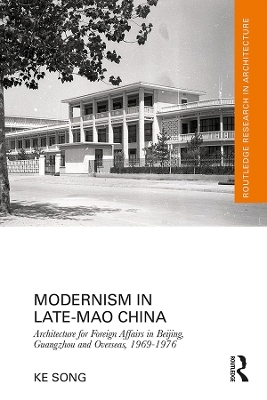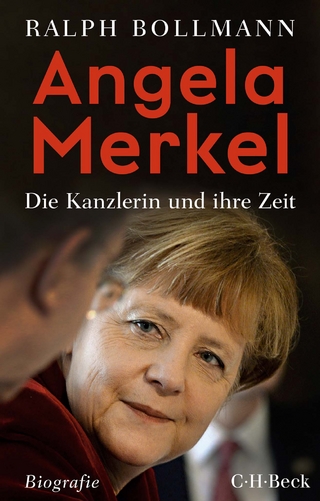
Modernism in Late-Mao China
Routledge (Verlag)
978-0-367-77147-8 (ISBN)
- Noch nicht erschienen
- Versandkostenfrei
- Auch auf Rechnung
- Artikel merken
This book investigates the architectural history of China in the Mao era (1949–1976), focusing on the rise of modernism in the last seven years of the Cultural Revolution from 1969 to 1976. It highlights the new architecture of this period, exemplified by three clusters of buildings for foreign affairs, namely buildings for foreign diplomacy in Beijing, buildings for foreign trade in Guangzhou and China’s foreign aid projects overseas.
The emergence of new architecture in the early 1970s is closely associated with China’s political and diplomatic shift of the time, from a radical emphasis on ideological struggle to a dynamic balance between leftist ideology and pragmatic concerns. In this context, China’s relations with the West quickly improved, culminating with American president Richard Nixon’s visit to China in 1972. The increasing foreign affairs brought new opportunities to Chinese architects who referenced both Western modernism and Chinese architectural traditions to create a new version of Chinese modernism. The book brings dimensions of form, politics and knowledge to the analysis of architecture, to construct an understanding of architectural design as an aesthetic, political and intellectual practice.
Modernism in Late-Mao China will be an enriching and useful reference for students and scholars who are interested in the global architectural history of the twentieth century, especially Cold War modernism.
Ke Song is an Associate Professor at the School of Architecture, Harbin Institute of Technology, Shenzhen. His research is centred on architectural history of modern China with a focus on the period after 1949. He has published papers in prestigious journals, including Architectural Histories, ABE Journal: Architecture beyond Europe, Fabrications and Architectural Journal (Chinese). He has taught both design studios and theory subjects in China and Australia, and has working experience at several architectural design firms, including CPG Corporation (Singapore), Teamminus (Beijing) and Lab Architects (Melbourne). He is now working on several projects of heritage conservation and urban public space in Shenzhen. In 2019, he co-founded Urban Drifting, a not-for-profit platform based in Shenzhen, aiming to promote public awareness about urban history through series of walking tours guided by smart phone application.
List of Figures. List of Tables. Foreword. Preface (by Jianfei Zhu). Acknowledgements. Chapter 1: Introduction. Chapter 2: Rethinking Modernism: Form, Knowledge and Politics. Chapter 3: Political Ideology and Architectural Discourse in Mao’s China. Chapter 4: Chinese Modernism in the 1950s and the 1960s. Chapter 5: Diplomatic Buildings in the 1970s Beijing. Chapter 6: Foreign Trade Buildings in the 1970s Guangzhou. Chapter 7: China’s Foreign Aid Architecture, 1964-1976. Chapter 8: Conclusion. Bibliography. Glossary. Index.
| Erscheinungsdatum | 17.05.2023 |
|---|---|
| Reihe/Serie | Routledge Research in Architecture |
| Zusatzinfo | 3 Tables, black and white; 33 Halftones, black and white; 33 Illustrations, black and white |
| Verlagsort | London |
| Sprache | englisch |
| Maße | 156 x 234 mm |
| Gewicht | 430 g |
| Themenwelt | Geisteswissenschaften ► Geschichte ► Regional- / Ländergeschichte |
| Sozialwissenschaften ► Soziologie ► Spezielle Soziologien | |
| Technik ► Architektur | |
| ISBN-10 | 0-367-77147-0 / 0367771470 |
| ISBN-13 | 978-0-367-77147-8 / 9780367771478 |
| Zustand | Neuware |
| Informationen gemäß Produktsicherheitsverordnung (GPSR) | |
| Haben Sie eine Frage zum Produkt? |
aus dem Bereich


